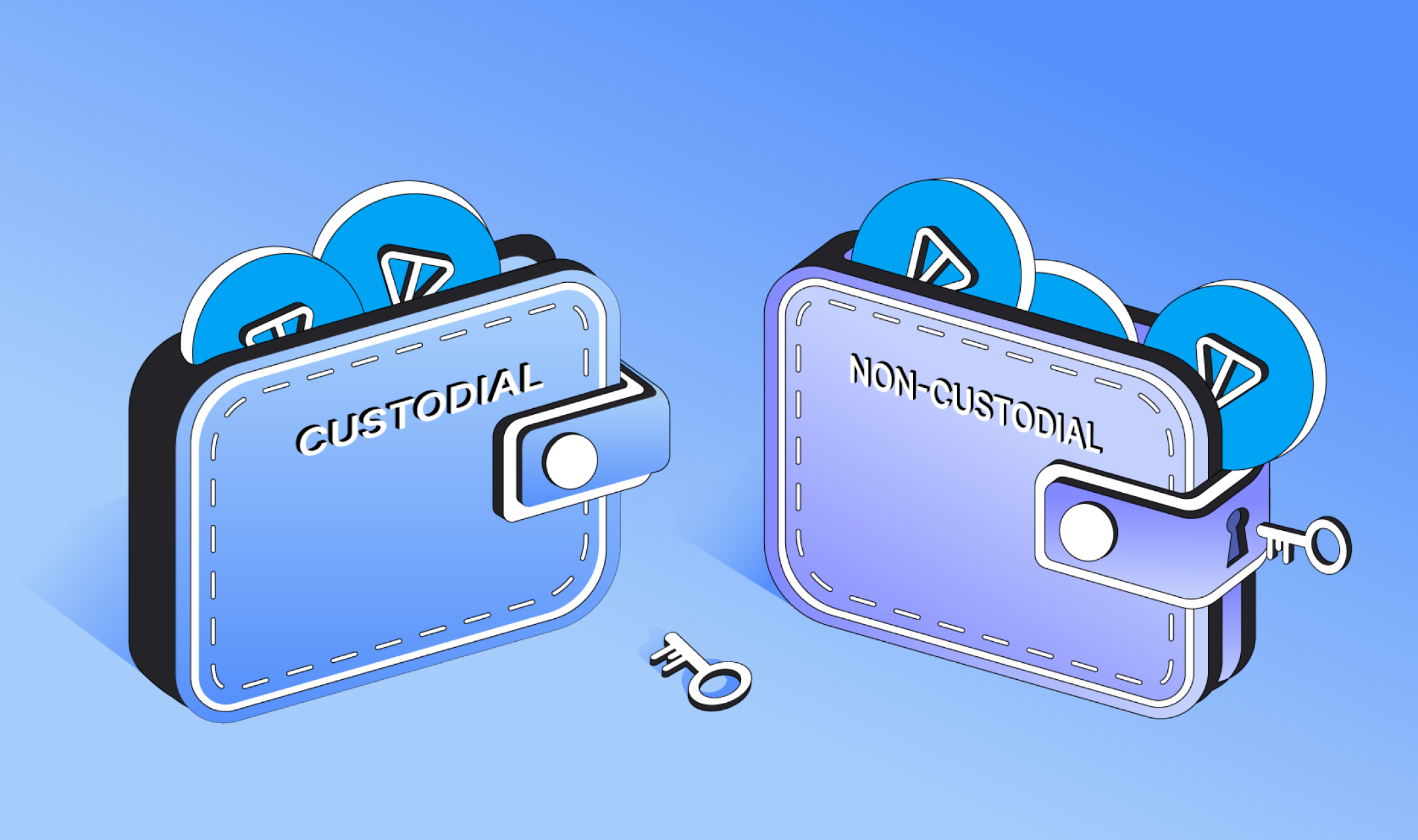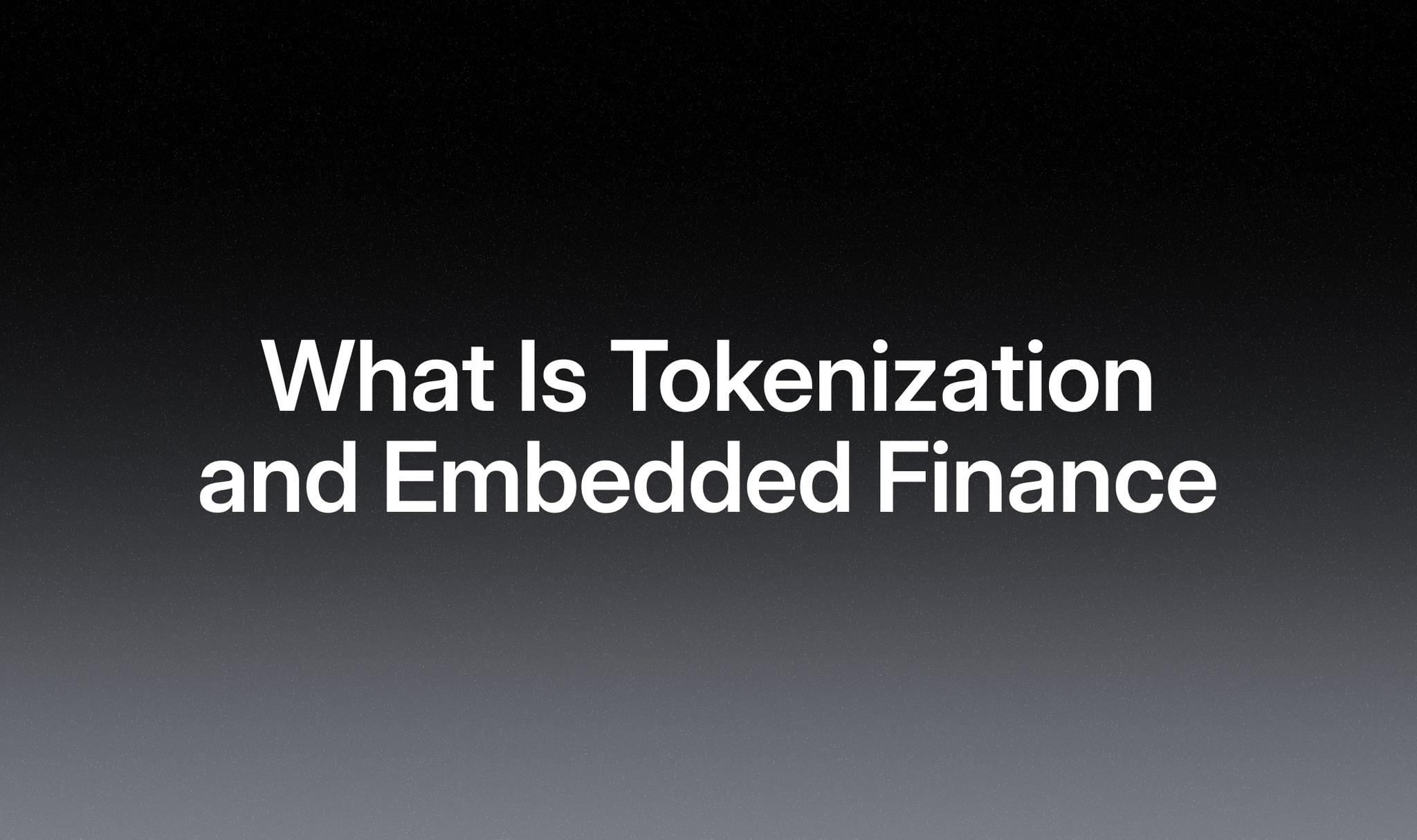Explaining the Differences Between Custodial and Non-Custodial Wallets

Introduction
In the evolving landscape of finance and cryptocurrencies, how we store, manage, and access our assets has become highly important. At the heart of this debate lies the distinction between custodial and non-custodial wallets. While both models offer unique advantages, they also come with challenges, which can influence security, management, and your experience using these solutions.
This article delves deep into these two paradigms, untangling their definitions, the pros and cons of each, and their usability in various scenarios.
Whether you're a seasoned investor, a crypto newcomer, or simply curious, understanding the differences between custodial and non-custodial systems can empower you to make more informed choices in an increasingly digitized world.
Definition of Custodial and Non-Custodial Wallets
Custodial
A custodial solution in cryptocurrencies refers to a wallet or service where a third party, typically a financial institution or an exchange, holds and manages your private keys.
With custodial wallets and services, you transfer your cryptocurrencies to an address provided by the custody provider. The platform then assumes responsibility for your assets' safekeeping, management, and security.
The best examples of custodial services are well-known centralized exchanges we all use, like Coinbase or Binance. When you deposit your crypto into your exchange account, the exchange holds the funds for you, making it a custodial solution. You don't have direct access to their private keys in such platforms; instead, they rely on the platform's security measures and infrastructure. This can be compared to the regular banks as we know them. Once you deposit your funds into a bank, they're no longer under your full control.
Non-custodial
If you've been in crypto for some time, you've definitely heard the phrase, "Not your keys, not your coins." With non-custodial wallets and services, you own your private keys and, by extension, your crypto assets. The responsibility of asset security, safekeeping, and management lies entirely on your shoulders.
With non-custodial services, you typically store your assets in wallets with exclusive access to your private keys and assets. These wallets allow you, and no one else, to send, receive, and manage your cryptocurrencies without intermediaries or third-party platforms.
Examples of non-custodial services are hardware wallets like Ledger and Trezor or software wallets like Tonkeeper and Trust Wallet. When you store your cryptocurrency in one of these wallets, you maintain full control over your private keys and, thus, your assets. No third party can move or manage your funds without direct authorization (i.e., using your private key).
Pros and Cons
Now that you understand the concept of custodial vs. non-custodial services let's look at the pros and cons of these two options to understand better which solution is the right one for you.
Custodial
Pros:
-
Security: Centralized custodial platforms often invest heavily in security infrastructure to protect vast amounts of assets. For many users, especially those not tech-savvy, this can provide a higher level of security than they might achieve on their own.
-
Ease of Use: For newcomers to the cryptocurrency space, custodial solutions often provide a more intuitive interface and user experience. These platforms handle complex processes behind the scenes, offering users simplicity in trading, withdrawing, and depositing.
-
Customer Support: With custodial services, you typically have access to customer support teams that can assist with issues ranging from lost passwords to transaction issues.
-
Frequent Updates and Features: Many custodial platforms frequently update their systems with new features, enhanced user interfaces, and additional functionalities catering to your needs.
Cons:
-
Centralization: Being centralized entities, custodials such as exchanges become attractive targets for hackers. Moreover, centralization means a single point of failure, which can be risky.
-
Limited Control: You do not have direct control over your assets in custodial solutions. The platform manages the funds, and you need to trust that platform's integrity.
-
Censorship and Restrictions: Custodial platforms can, under certain conditions, freeze accounts or withhold funds, either due to governmental requests, suspicious activity, or platform policies.
-
Privacy Concerns: Since your identity is often tied to your accounts on centralized platforms, your transaction history and balances might be more exposed than in non-custodial solutions.
Non-custodial
Pros:
-
Full Control: You have sole control over your assets. No intermediary can access or manage your funds without your private key or device where they're stored.
-
Censorship-Resistant: Without a centralized authority overseeing transactions, there's less risk of funds being frozen or censored.
-
Enhanced Privacy: Since there's no central entity logging all activities, non-custodial solutions offer more privacy. While most blockchain transactions are public, the identity tied to those transactions can remain pseudonymous.
-
No Intermediary Risks: Reduced concerns about the platform going offline, getting hacked, or facing regulatory issues that could affect your assets.
Cons:
-
Personal Responsibility: The responsibility for security lies entirely on your shoulders. If you lose access to your private keys, you lose access to your assets.
-
Learning Curve: Non-custodial solutions, especially for complete beginners, might be challenging to navigate. Understanding seed phrases, private keys, blockchain mechanics, and security is essential.
-
Limited Customer Support: If a mistake occurs, such as sending funds to the wrong address, there's typically no way to retrieve your assets, and there's limited if any, support to help in such situations.
-
Potential for Loss: Mismanagement, forgetting credentials, or falling for scams can lead to irreversible loss of assets. With non-custodial wallets, the weakest link is you and the way you store and protect your private keys and recovery seed.
As a decentralized and censorship-resistant platform, we strongly support non-custodial solutions. So, if you've decided to give non-custodial wallets a try, here are some tips before you jump into becoming an autonomous and self-sovereign crypto HODLer.
Security Tips for Non-Custodial Wallets
-
Regular Backups: Ensure you back up your wallet regularly and store those backups in multiple secure places.
-
Use Hardware Wallets: When dealing with a significant amount of cryptocurrency, consider investing in a hardware wallet. These devices store private keys offline, making them immune to online hacks.
-
Double-check Addresses: Before sending funds, always double-check the recipient's address. Malware can change copied addresses, so it's crucial to be vigilant. Many people are used to check just a first and last few characters of the address, but this is not sufficient as there are now methods that can fool you with generating a malicious address containing these characters. Always check the full address! (twice)
-
Update Regularly: Make sure that your wallet software is up to date. Developers regularly release security updates, so keeping your software updated is important.
Tips on storing and protecting your private keys and recovery seed
-
Physical Security: Write down your recovery seed on a piece of paper and store it in a secure location, such as a safe or safety deposit box. If you can afford it, explore recovery seed backups made of steel that are resistant to the elements of nature and time, such as CryptoSteel or CryptoTag.
-
Avoid Digital Copies: Taking photos or screenshots of your seed phrase can expose you to online threats, especially if these digital copies are stored on devices connected to the internet. Write them down or record them on a physical seed backup.
-
Use Tamper-Evident Bags: Place your written recovery seed in a tamper-evident bag. This will help you know if someone has attempted to access it.
-
Multiple Copies: Consider creating multiple copies of your recovery seed and storing them in various secure locations. This ensures that if one copy is lost or damaged, you have backups. You can also split the seed (words) into multiple places to increase the security even more.
-
Keep it Secret: Your recovery seed is the ultimate backup of your funds. Sharing it or exposing it can lead to loss of funds. Ensure that only trusted individuals know of its location and contents.
As we usher in a future where digital assets become increasingly mainstream, understanding the nuances of storage solutions becomes essential. With knowledge and careful measures, you can ensure that your HODLings remain both secure and accessible.
Conclusion
In the rapidly evolving world of cryptocurrencies, the choice between custodial and non-custodial solutions goes beyond mere preference—it's a decision that weighs the scales of convenience against autonomy.
As we've seen, each approach has its merits and pitfalls, and the right choice often depends on your knowledge and comfort with the technology, desired level of control, and risk tolerance. With the overarching theme of decentralization driving the world of digital assets, non-custodial solutions resonate deeply with the ethos of cryptocurrency. Yet, as with all powerful tools, they come with significant responsibilities.
Do not feel pressured into using non-custodial wallets if you prefer to use custodial services. Ultimately, it is your choice, and the stakes are high. No one has the right to tell you how to protect your hard-earned assets and private data.
Always do your own research, consult multiple sources, and review your situation to figure out which of the two suits your needs.
Stay vigilant and be safe!

